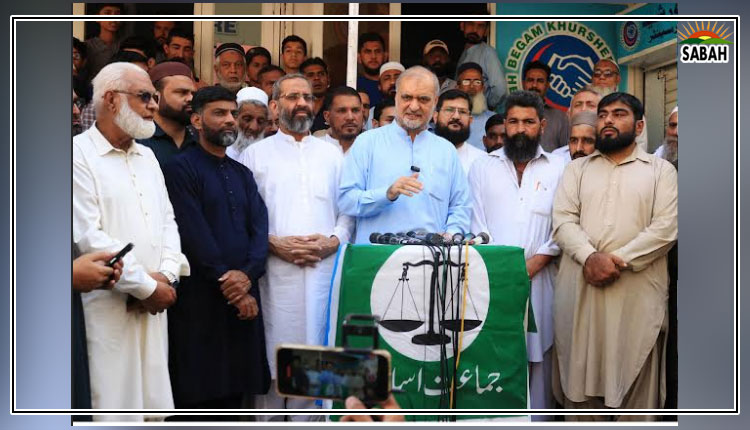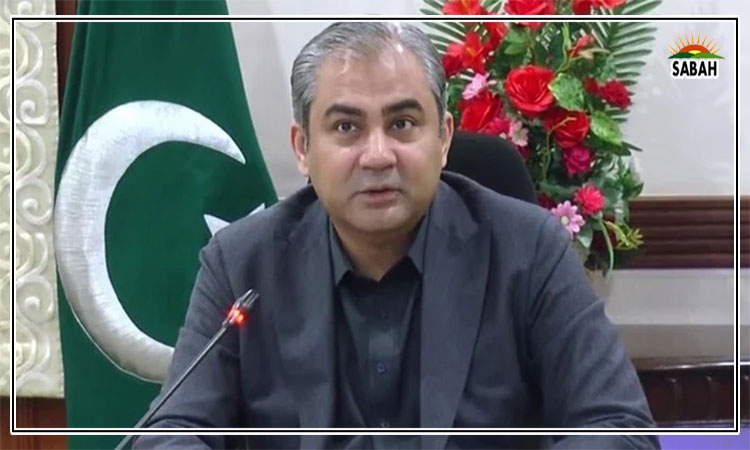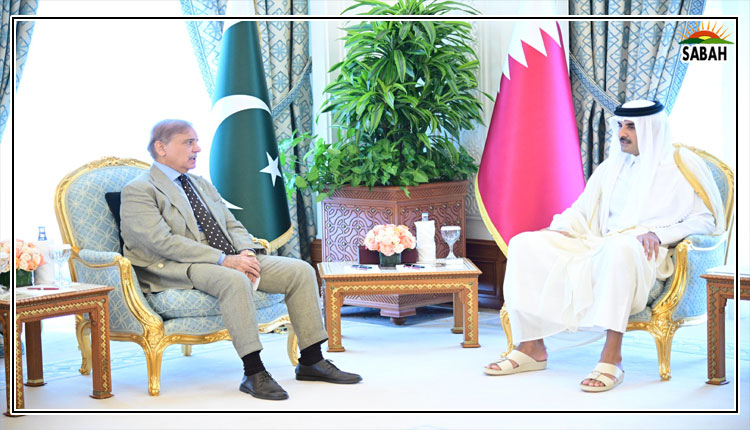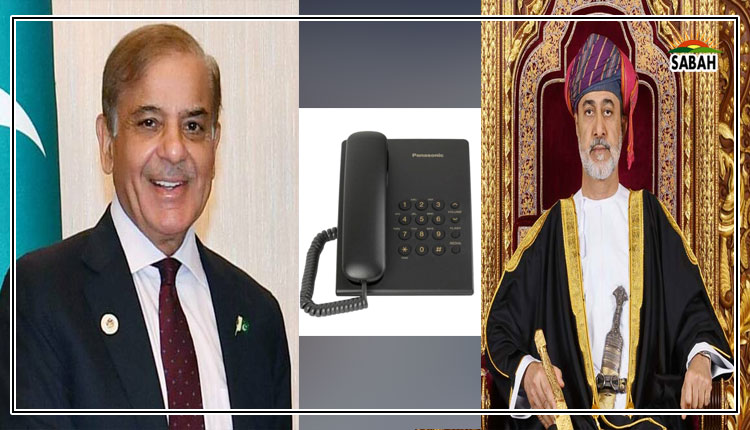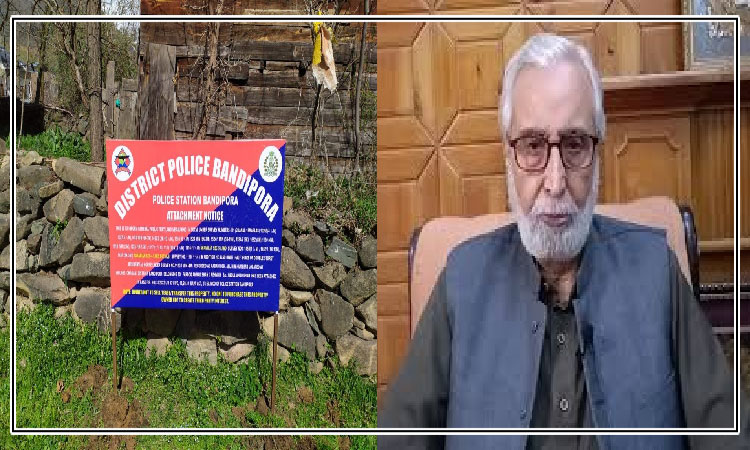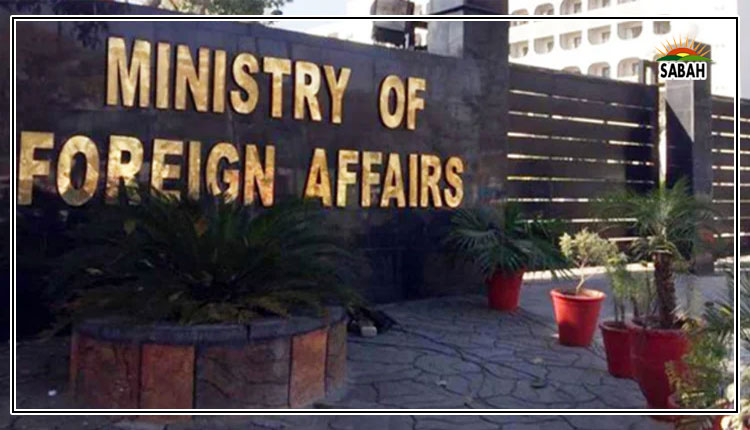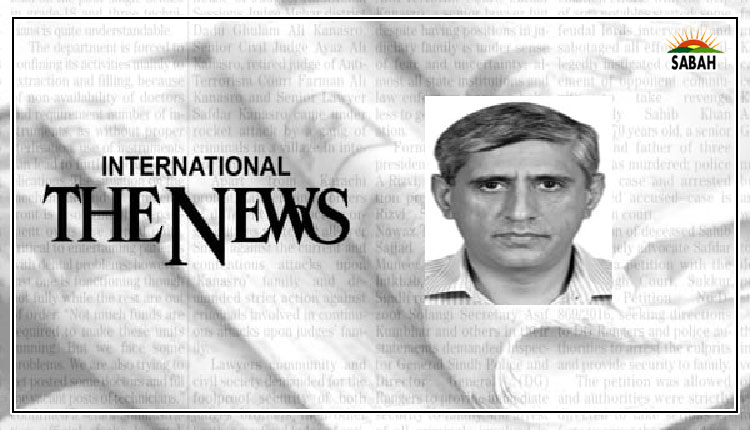Modi 3.0 …..Raashid Wali Janjua
Modi had been flying too close to the sun. While now his rise has come to a halt, he will continue to rule the country for another five years – albeit on less steam.
Modi had planned to amend the Indian constitution to establish a Hindu ‘rashtra’ (nation) in case he won over 400 seats. Within this context, Ram Mandir at Ayodhya, inaugurated with much fanfare, was the vanguard of a Hindu state, where Christians, Buddhists, Sikhs, Jews, and Jains could live under strictures as cultural Hindus.
While the Citizenship Amendment Act (CAA) and the National Register for Citizens (NRC) were aimed at the denial of citizenship to Muslims, the Uniform Civil Code was aimed at the cultural homogenization of disparate religious identities.
Modi had planned his third reincarnation as a political avatar quite meticulously. Before entering the electoral fray, he had ensured that the media was bought off by his friendly oligarchs; the Election Commission of India packed by BJP loyalists; and the judiciary kept in line through post-retirement jobs.
He ensured that the likes of Adani bought the last bastions of media independence like NDTV and the selection panel of the Election Commission of India was constituted in a manner that the government retained the maximum clout in selecting the commission’s members. The coercive apparatus of the government had been let loose to arrest and marginalize the political opponents.
All was set for the undisputed return of King Modi with a big margin, as the propaganda arm of the RSS and the complacent media started creating a happy paranoia for a BJP landslide. Pollsters- and state-controlled mainstream media outlets started projecting a huge victory for the NDA alliance, partly due to the fractious nature of the Congress-led INDIA alliance.
However, independent analysts like Kiran Thapar, Parakala Prabhakar, Shashi Tharoor and Nilanjan Mukhopadhyay had predicted that a Modi landslide victory was only wishful thinking as the politics of division relying on communal hatred had no takers amongst an economically deprived people.
Over the years, Modi garnered a cult following. And having tamed the media and judiciary, he hoped to secure a thumping majority. Mr Mukhopadhyay who has written Modi’s biography titled ‘Narendra Modi – The Man, The Times’ writes that Modi loves to project himself as someone beyond a human being. There is a famous joke about his grid separation gaffe. Once in a speech about an electricity grid separation solution Modi proclaimed that God had dictated him a solution that he had shared with the planners. Later, it was found that the solution had been revealed to him by an expert.”
In his book ‘Gujarat Under Modi’, writer Christophe Jaffrelot mentions that Modi loves to cultivate a personality cult and cannot control his atavistic communalist instincts.
Modi has failed to win a decisive majority due to a wide gulf between the Potemkin reality created by his propaganda brigade and the actual reality, warts and all, plaguing the Indian economic landscape. The Indian electoral scene features two landscapes: the first is 80 per cent of people who, according to the World Inequality Lab, have only 35 per cent of the national wealth. And the second is the top 10 per cent who owns 65 per cent of the total wealth pie.
According to an Oxfam study released in 2017, 57 billionaires in India had more wealth than 70 per cent of the population. By 2024, after almost 10 years of Modi’s rule, the number of India’s wealthiest billionaires rose to 145.
In contrast, India is also a small world of the jobless and the poor who suffer the high cost of living due to inflation and perpetual unemployment. Thirty-six per cent of the graduates of the much-vaunted Indian Institutes of Technology (IIT) face joblessness, while more than 100,000 highly skilled Indians have left India since 2014 for greener pastures abroad.
Oblivious to the country’s economic mess, Modi tried his best to capitalize on his personality cult and Hindutva sentiments through measures like the Ram Mandir inauguration on the ruins of the historic Babri Mosque in Ayodhya. He also tried to pit the socially and economically marginalized other backward classes (OBCs) against Muslims in Uttar Pradesh (UP) through lies that the Congress had planned to transfer their special areas called ‘reservations’ to Muslims.
The Congress alliance, despite being beset with internal differences and lack of common advocacy for their political cause, did well in tapping into the economic sentiment of marginalized classes in UP, Maharashtra, and Rajasthan. Yogi Adityanath, the saffron-robed chief minister of UP, who was being tipped as the successor of Modi, failed to assuage the economic grievances of people in UP, especially the young cohort of under 35 who were engaged better by the young leaders of the INDIA alliance like Akhilesh Yadav and Rahul Gandhi.
The BJP slipped from 62 seats won in 2019 to 33 seats, while the Samajwadi Party and the Congress won 37 and six seats respectively. Had the Bahujan Samaj Party (BSP) of Mayawati been part of the INDIA alliance, the BJP might have lost 16 more seats, where their winning margin was less than the votes won by the BSP.
In Maharashtra, the INDIA alliance won due to the alienation of the agrarian community, Dalits and OBCs, reducing the BJP’s tally to nine from 23 in 2019. The BJP-led NDA alliance also faced the ire of voters as 25 per cent of its participants were defectors from other parties. The rural urban divide was also palpable as the NDA alliance only secured 30 seats compared to the INDIA alliance’s 62 seats in rural areas.
This was due to farmers’ disaffection and the lack of development in rural areas by the Modi government. The opposition’s focus on social welfare schemes and the internal disunity of the BJP were the main reasons for the BJP’s defeat to the Trinamool Congress (TMC) in West Bengal.
Since a tiger never changes its spots, Modi 3.0 is expected to press on with his old agenda of hate and division, both within and outside India – affecting peace in South Asia. Modi is not expected to make any concessions to countries like Pakistan and will keep the confrontation with China alive to woo the support of the West.
Modi 3.0 promises more of the same and the only hope is the rise of a strong opposition and allies like the JD(U) and the TDP who think differently on Hindutva and minority rights’ issues than the god whose feet of clay have just been exposed by the electoral setback.
The writer is a security and defence analyst. He can be reached at: rwjanj@hotmail.com
Courtesy The News




